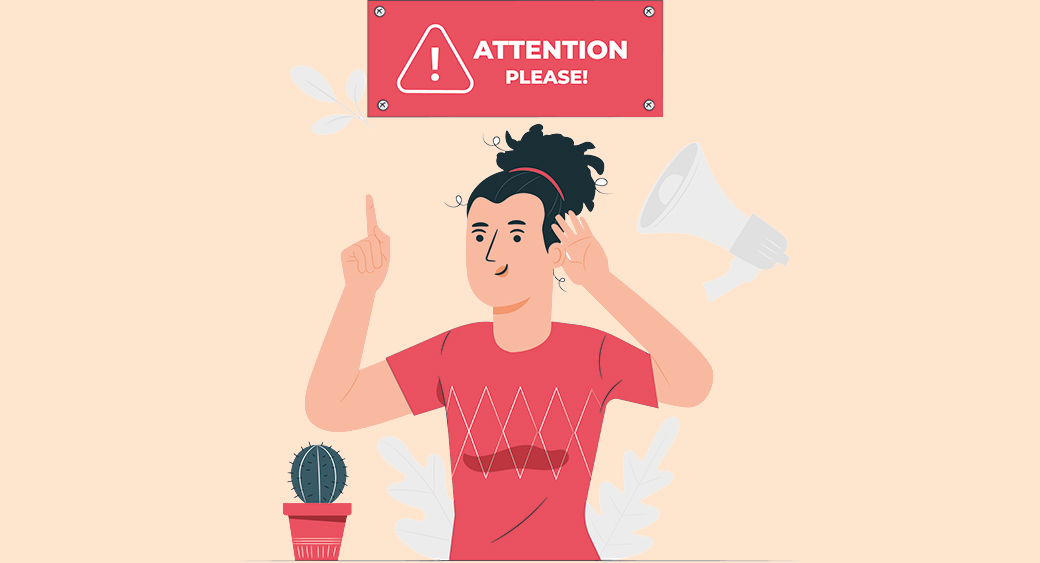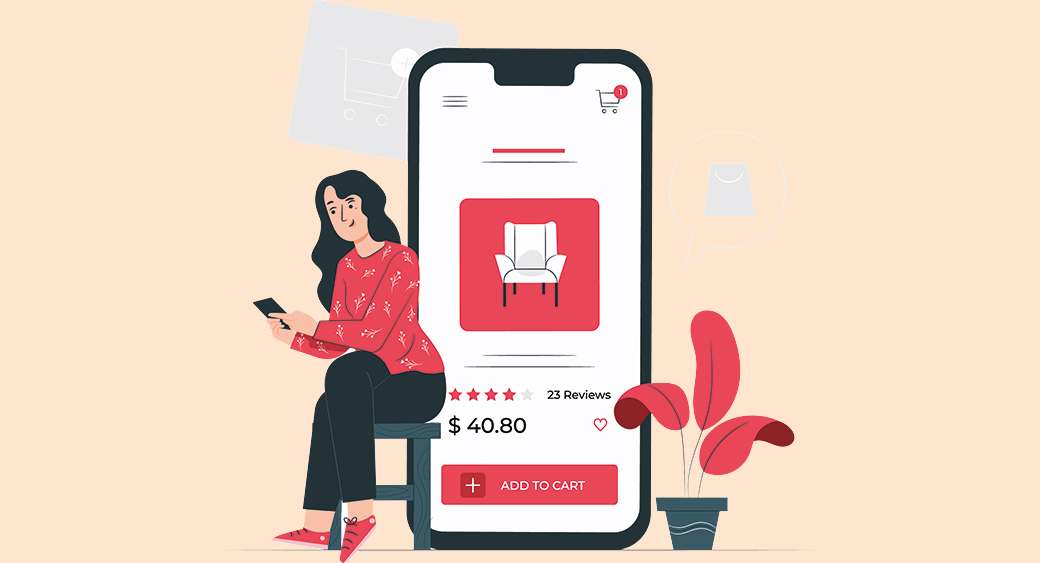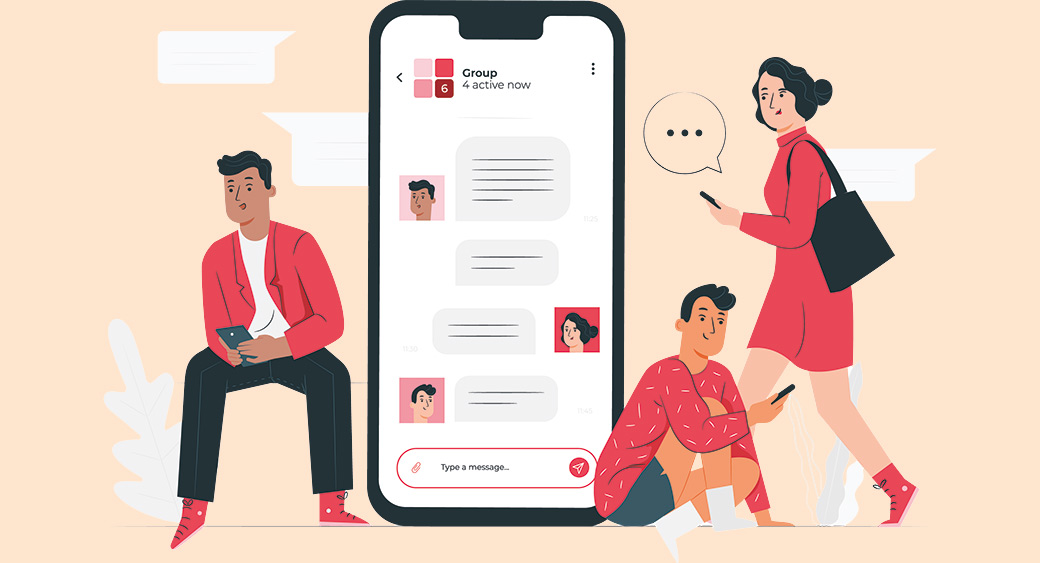Emotional Branding – Definition, Examples and Strategy Planning
Emotional branding is one of the best ways for you to create emotional ads that will help you improve your marketing strategy. In fact, the benefits of emotional branding are precisely how your brand can become more recognizable. Here are the brand design tips to implement emotional branding for developing your business.

What Is Emotional Branding?
So, what is emotional branding? Most of the time, this phrase refers to brand marketing or branding with the use of emotions. For example, ads that mostly rely on the emotional response of the audience can be considered a part of emotional branding. Pretty much all the marketing elements rely on an emotional reaction from the audience. However, emotional branding takes this approach to a different level, making it the basis of its strategy.
Examples of Emotional Branding
To get you started and give you a better idea of what emotional branding is like, here are some great examples of the strategy in use:
- Always’ #LikeAGirl campaign appealed to anger by using the common offense to empower women and girls, let them share their stories, become more confident, and acknowledge their challenges when playing sports.
- Nike’s famous #JustDoIt slogan (also mentioned later in the article) and numerous campaigns associated with it promote leadership, confidence, and overcoming your fears to do what you want to do and achieve your dreams.
- Coca-Cola’s “Choose Happiness” promotion in 2015, as the name suggests, appealed to happiness. Coca Cola’s Christmas promotions also use this emotion as well as a sense of belonging.
Understanding the Stages of Emotional Branding
First of all, you need to realize that there are several stages of emotional branding. To make your campaign work, you will need to go through these stages:
Capturing Attention
This first stage involves capturing the attention of your potential customers. You can mostly achieve this with the help of ads. At the same time, other tactics can also be useful for bringing more attention to your brand. The first interactions your potential customers have with you are significant because they will define the impression they get of your business and whether or not they decide to continue engaging with you in different ways. Consequently, you want these interactions to be positive.

Encouraging Purchases with Emotional Branding
The next stage involves encouraging purchases from the customers that you attract. You can try repeatedly exposing them to your ads, interacting with them on social media, and so on. This stage is somewhat of a transitional one. Notably, it joins the first stage and the purchases your customers make. At the same time, you might find that this stage is not the easiest one. In fact, persuading first-time customers to purchase is sometimes harder than it seems.
Developing a Relationship
The third stage is a little ambiguous because it could start either before the purchase itself or already after the first purchase. Either way, developing a relationship with your customers is more important than you may think because it allows you to convert this one-time client into a returning customer, which is crucial for the success of your business. Having returning customers is much cheaper and easier than trying to acquire new ones every time.
Building Customer Loyalty
After you start developing your relationship with the customers, you will need to also find a way to build customer loyalty in them. While the relationship can influence the customer’s decision to return, it’s customer loyalty that truly focuses on creating a returning customer from a one-time client. Relationships with customers also include more things because they take into account pretty much all the interactions your brand has with the customers, from ads to social media comments to email subscriptions to purchases.
Integrating Emotional Branding into Your Customer’s Life
At some point, you will need to start thinking of a way to integrate your brand into your customers’ lives, which is what emotional branding is most suitable for. This phase is especially important if you are not selling any essential products (e.g. soap, bread, toothbrushes). In this case, it is an absolute must for you to prove to your customers that they depend on your products and truly need them in their lives. If you don’t do that, you are risking losing these very customers.

Getting Word-of-Mouth
The last stage is the one where you don’t really need to do as much marketing as you did before because you will be getting way more word-of-mouth. This can be expected for big and medium-sized businesses, but small businesses and entrepreneurs can especially benefit from this because they are the ones that would profit from directing their budgets to other causes.
Emotional Branding: Understanding How Emotions Work
Emotions can be incredibly useful when combined with branding. When you do this, you basically create emotional branding, but it’s crucial to remember that there are different tactics used for creating these emotions in your branding.
If you don’t want to be the only one working on your content, you can always hire someone to do it for you. For instance, a professional writing services review website like Pick The Writer can be very useful for choosing the writers you want to work with. Just make sure that you find someone who you are truly satisfied with.
Benefits of Emotional Branding
As mentioned earlier, emotional branding has numerous benefits for your marketing strategy. Here are just some of them to keep in mind:
Uniqueness
The most obvious benefit of emotional branding is that you will be able to make your brand stand out of the crowd and find its own uniqueness. This is crucial for branding as a whole because it helps you maintain a consistent brand image and elevate your business. Being unique should be one of your top priorities. After all, this is the only way that your business can successfully grow over time and find more customers. If your business is just like any other company, you won’t be able to develop an emotional connection with your audience.
Human Connection
Speaking of having a human connection, emotional branding is just about finding that very special link that will enable your audience to develop some kind of emotions or feelings towards your business. It is fairly difficult for humans to get attached to something that is not a living organism like a person or a pet. Being attached to special things like childhood toys is common, but being attached to companies is not. Consequently, emotional branding provides you with an entirely unique opportunity.

Positive Reputation
On the one hand, you could make mistakes, which can lead to negative emotions in your audience that they will associate with your brand. But if you use emotional branding correctly, you will discover that your reputation is improving. Also, people will be associating positive emotions with your brand. A good reputation is also important for you to become a serious company that other businesses treat respectfully. You want your brand to be considered reliable both by your competitors and by your customers.
Brand Loyalty
Emotional branding promotes brand loyalty all through… emotions. Because of the connection that your customers will have with your company, they will tend to return again and again to make a new purchase every time. Moreover, those customers who are loyal to you might start recommending your brand to their friends and family because they enjoy your products and think that others will too. In other words, brand loyalty can help you get word-of-mouth going and eventually improve your brand awareness.

Increased ROI
Return on investment or ROI is not directly related to emotional branding. Yet, all the benefits of emotional branding mentioned above contribute to the increase in ROI. This, in turn, will help you increase sales, decrease expenses, grow your business, hire a bigger team of professionals, and so on.
Best Practices of Emotional Branding
Now that you know everything you could know about emotional branding, here are some emotional branding examples and best practices you can start using as soon as possible:
Personalization
The first thing you need to remember about emotional branding is that personalization lies at its core. You can’t have a successful emotional branding campaign without personalizing the content you publish. Customizing the interactions you have with your existing and potential customers is also vital. For example, the email newsletters you send should aim to evoke certain emotions. At the same time, you have to adjust them to the personal needs and interests of your subscribers. You can do this with the help of retargeting and segmenting your audience.
Relying on Visuals
Visual content is usually way more powerful than written content. This is why you need to make sure that your strategy for branding involves the use of a lot of visual content. It can include images, videos, infographics, illustrations, GIFs, and so on. Keep in mind that you need to organically integrate all of these into your plan and help you develop an emotional connection between your brand and your audience. So, don’t try to use visuals “just because” – always have an aim.

Sharing User Content
User-generated content or UGC is one of the best ways to show your audience that you care about them and value them and their opinions. Even though this is not the content you create, you can still use it as a part of your emotional branding strategy. The reason is that it allows you to use feelings and emotions to achieve your goals. For example, one of your social media followers posted a picture of themselves using your product and tagged you in it. A good response would be to leave a comment under the post. Alternatively, you can share the post on your brand’s social media page.
Using Hashtags
Speaking of social media, you should always make sure that you use the right hashtags as a part of your emotional branding strategy. Though hashtags predominantly act like keywords for social media, they can also enforce different ideas. For example, Nike is one of the brands that use emotional branding with their hashtag #JustDoIt. It carries a powerful message: don’t overthink your actions and just act. Similarly, you can use different quotes and phrases, as well as your brand’s slogan or motto.

Maturing Assessment
To put it simply, maturity assessment is about measuring the maturity level of the respondent by giving them a test that asks questions about certain situations. A maturity assessment test can be used by brands as a part of their emotional branding strategy. It can show your competence in certain topics, which helps you build authority and reputation.
Final Thoughts
To sum up, by using emotional motivation in your branding, you will be able to improve your marketing strategy and significantly increase its effectiveness. Follow the tips in this article, and you will create a strong emotional branding plan.




Hi to every single one, it’s in fact a fastidious for me to go to see this website, it contains helpful Information.
Usually posts some extremely fascinating stuff like this. If you are new to this site.